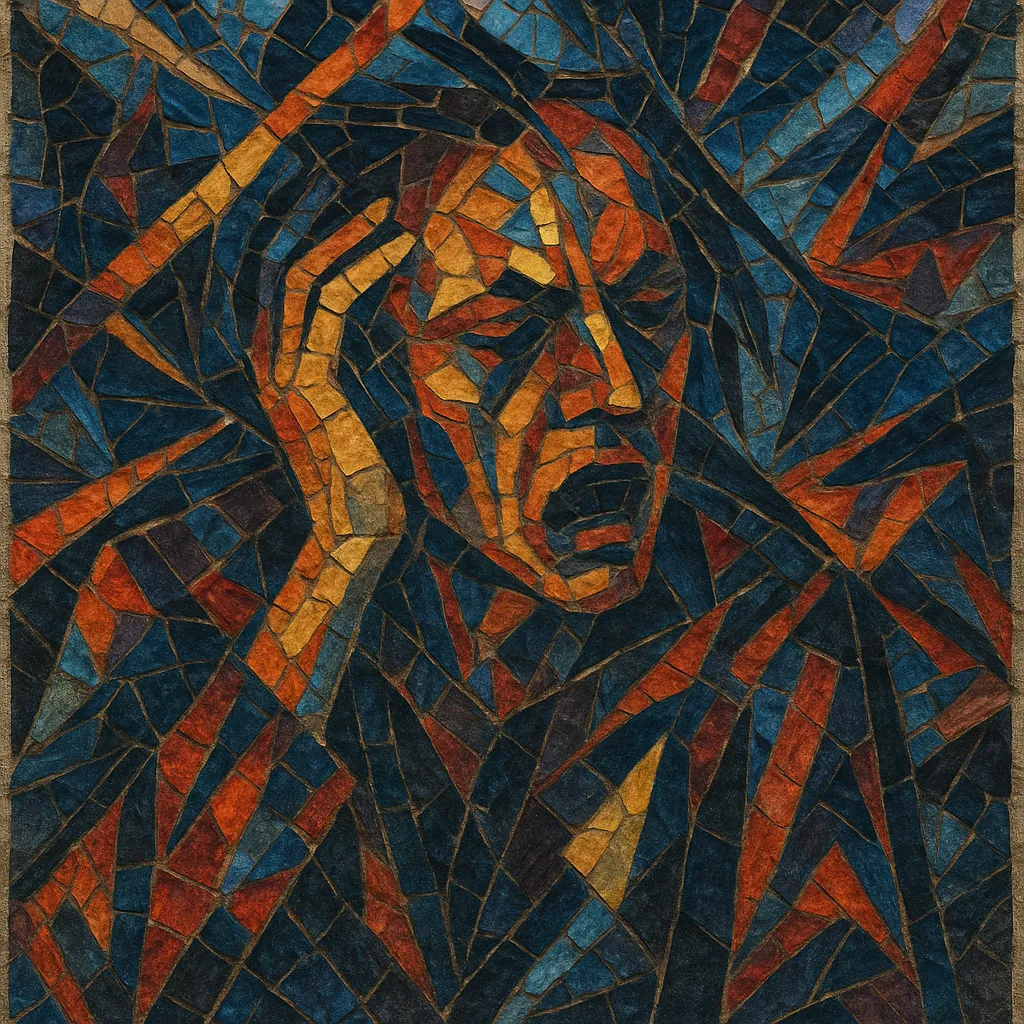Expressionism in music is an early-20th-century modernist movement that foregrounds inner psychological states, anxiety, and alienation through highly charged sonic language. It abandons traditional tonal centers in favor of atonality or extreme chromaticism, embraces dissonance without immediate resolution, and often fragments melody into sharp, angular gestures.
Textures favor clarity and intensity: chamber forces, extreme registers, abrupt contrasts of dynamics and timbre, and sparse, aphoristic forms are common. Composers experiment with Sprechstimme (speech-like vocalization), Klangfarbenmelodie (melody distributed across changing timbres), and rapidly shifting meters to intensify expression. Vocal works (monodramas, song cycles) and concise instrumental miniatures became emblematic vehicles for psychological drama.
Expressionism in music emerged within the German-speaking world as a counterpart to Expressionist art and literature. Its earliest decisive steps occurred in Vienna with Arnold Schoenberg and his pupils Alban Berg and Anton Webern, who pushed late-Romantic chromaticism beyond tonal boundaries. Works like Schoenberg’s Second String Quartet, Op. 10 (1907–08), the monodrama Erwartung (1909), and Five Orchestral Pieces, Op. 16 (1909) exemplify the abandonment of tonal hierarchy in favor of atonal, intensely psychological expression. The movement paralleled Expressionist theater and painting in subject matter—obsession, fear, isolation—while adopting chamber-sized forces and concise forms to heighten immediacy.
The 1910s saw emblematic milestones: Schoenberg’s Pierrot lunaire (1912) introduced Sprechstimme within a now-classic “Pierrot ensemble,” and Webern’s aphoristic miniatures established radical economy of means. In opera, expressionist drama surfaced in works such as Richard Strauss’s Elektra (1909), Franz Schreker’s Der ferne Klang (1912), and later Alban Berg’s Wozzeck (composed 1914–22; premiered 1925). These pieces focus on fractured psyches and social alienation, employing extreme dissonance, violent contrasts, and orchestral color as dramaturgical agents.
By the early 1920s, Schoenberg sought structural clarity for atonal language and formulated the twelve-tone (dodecaphonic) method, a development that redirected Expressionism’s free atonality toward serial organization. While Berg and Webern absorbed and transformed this technique, the expressionist aesthetic—psychological intensity, Klangfarbenmelodie, and timbral focus—continued to inform modern and post-war composition. Even as later movements (e.g., neoclassicism, then post-war serialism and beyond) shifted priorities, Expressionism’s sound-world and dramaturgy left a lasting imprint on modern classical music, vocal theater, and contemporary chamber practices.


